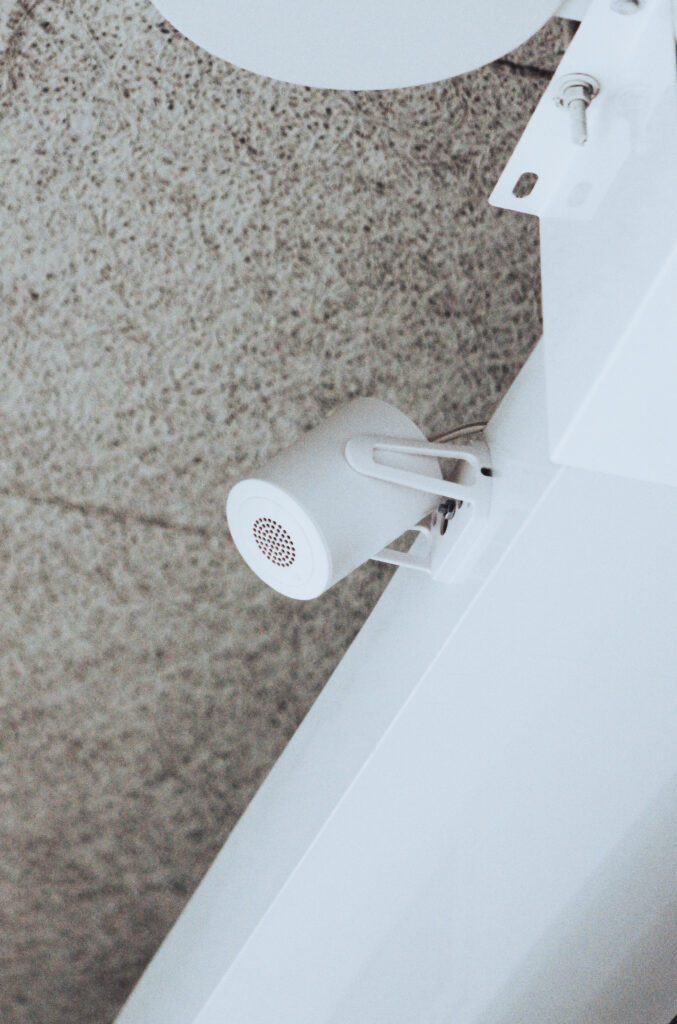One of the biggest trends in office environments over the last decade is open floor plans. And though these spaces have many benefits, one often overlooked factor when designing and building out these spaces is noise pollution.
Noise pollution affects everything from productivity to employee well-being, and even bottom-line results. While it may seem like a minor inconvenience, the hidden costs of excessive workplace noise can accumulate quickly, impacting both employee satisfaction and operational efficiency.
The True Cost of Noise
- Decreased Productivity: Noise distraction is one of the leading causes of lost productivity. A 2019 study by the British Journal of Psychology found that even background conversations can reduce task performance by up to 66%. Constant interruptions lead to longer workdays as employees struggle to regain focus after each disruption.
- Employee Stress and Fatigue: Prolonged exposure to noise increases stress levels and can contribute to employee burnout. Over time, this can lead to higher absenteeism, lower job satisfaction, and even turnover, which means companies could face increased recruitment and training costs.
- Impacts on Collaboration and Communication: Noise pollution not only distracts individual employees but can also hinder group collaboration. Imagine a conference room where participants are constantly distracted by outside noise, or video calls marred by echo or background interference. These disruptions make effective communication difficult and can derail key discussions, leading to lost opportunities.
- Negative Health Effects: Extended exposure to high levels of noise can result in hearing loss, headaches, and other health issues, adding to the hidden costs in the form of increased medical expenses and reduced productivity.
AV Solutions as a Game-Changer
As audiovisual (AV) professionals with years of experience, we’ve seen firsthand how implementing the right AV solutions can dramatically reduce noise pollution. Acoustically treated environments, well-placed sound masking systems, and smart audio-visual setups can transform even the noisiest workplaces into calm, productive spaces. Here’s how:
- Sound Masking Systems: These can blend background sounds to minimize distractions without being disruptive. These systems are especially beneficial in open-plan offices where noise can easily travel.
- Acoustic Treatments: Simple installations such as sound-absorbing panels and ceilings can significantly reduce reverberation, ensuring your team can focus without constant distractions.
- Optimized AV Systems: Beyond noise control, well-designed AV systems ensure seamless communication during meetings. When everyone in the room or on the call can hear clearly, it reduces frustration, speeds up decision-making, and ultimately saves time and money.
A Partnership Approach
When you’re planning your next AV project, it’s crucial to work with a partner who understands the complexities of modern workplaces and has the experience to deliver tailored solutions. From pre-planning to execution, your AV partner should guide you through creating an environment that fosters productivity and collaboration while addressing the often-overlooked challenge of noise pollution.



